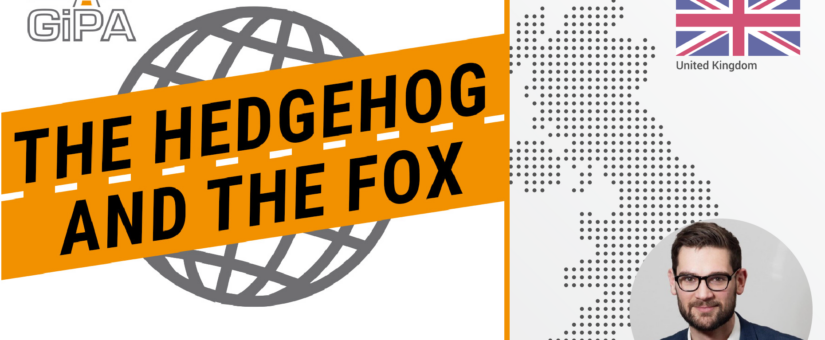
The Evolving British Car Parc: Trends and Future Expectations Categories: 2024 Timelines: Argentina, Brazil, Central America, Chile, China, Colombia, France, Germany, India, Italy, Mexico, Morocco, Peru, Poland, Portugal, Russia, South Africa, Spain, Turkey, Ukraine, United Kingdom, Vietnam
Announcement Date : 21 May 2024
The British car parc has undergone significant changes in recent years, and we can expect more transformations in the future. One of the key indicators we examine is new car registrations. During the pandemic, the UK saw a drop in new registrations. This declining trend in 2021 and 2022 due to supply chain issues, resulting in fewer than 1.7 million cars sold each year between 2020 and 2022. In 2023, new car sales started their recovery with 1.9 million car sold. As of April 2024, new registrations are carrying recovering with 8% growth year-on-year (Jan-Apr 2024 vs. the same period in 2023), confirming positive trend.
With the lack of new registrations, the 5-9 years old segment have been increasing since the pandemic, and reached its highest proportion at beginning of 2024. As car sales increase, the market is entering a new cycle. The 5-9 years old segment will start decreasing, while the <1-4 years old segment will start increasing again. On the other hand, even though car sales are recovering, they are still lower than what they were in 2019. This means that drivers hold on their elder car longer, and therefore the 15+ years old car segment is increasing too. Drivers adapt their aftersales behaviour according to the age of their car. This is essential for aftersales player to understand this different behaviour as each age categories represent different market opportunities.
The used car market in the UK is substantial, with over 7 million second-hand cars transactions annually. This market’s dynamics are also changing with the growing presence of older vehicles.
Electrification is another major trend reshaping the car parc. In 2010, diesel cars accounted for 50% of new car sales. However, considering all new car sales between January and April 2024, less than 7% of new sales were diesel. This shift is crucial for aftersales players, as the aging diesel fleet requires different operations. Since the EV sales boom in 2020, the number of electric vehicles in the car parc has been steadily increasing. The used car market for EVs is also growing as supply begins to meet consumer demand, leading to more activity in the second-hand market.
The electrification of the car parc is set to change the aftersales landscape significantly. A strategic approach is necessary to attract EV drivers, who have different needs and expectations. Additionally, the introduction of EV models from non-European brands, particularly from Southeast Asia and Chinamight support electrification adoption from private drivers in the UK. Drivers are drawn to these new brands primarily for their value for money.
In conclusion, the British car parc is evolving rapidly, with significant shifts towards newer and elder vehicles, an aging diesel fleet, and increasing electrification. Understanding these trends is crucial for navigating the future automotive market and addressing the changing needs of drivers.












